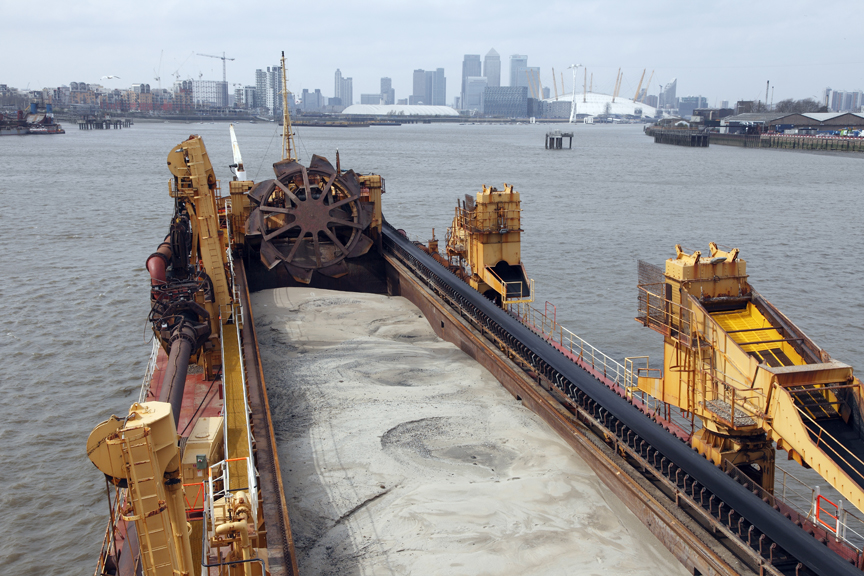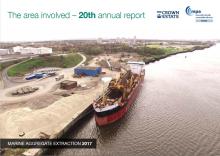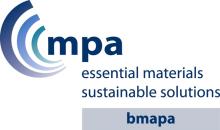
Marine aggregates, naturally occurring sand and gravels found in the sea, are of growing importance as land-based quarrying faces environmental pressure. The geological origin and mineral composition are the same as land-based sands and gravels or aggregates and exhibit the same geological, mechanical, geometrical and chemical properties as their land-based equivalents, says the Marine Aggregates Information Centre.
“The shape, strength and other physical characteristics are generally identical to high-quality land-based aggregates.
“The main use of marine aggregates is in the manufacture of concrete. Nearly 80% of the marine aggregates landed for construction purposes are used as concrete aggregate, increasing to nearly 90% in London and the south-east of England. By contrast 60% of land-won sand and gravel production and 16% of crushed rock is sold as concrete aggregate,” says the organisation. Indeed, while the largest use of marine aggregates is in construction, they are also widely used for the production of asphalt and coated products; masonry and paving blocks; drainage and fill materials; leisure facilities; sports pitches; golf courses; equestrian facilities; horticulture products; steel manufacture and beach replenishment. So, it is not surprising that worldwide production is on the increase.
Indeed, in a report in early 2014 (
Global cement and aggregates producer
Lafarge says: “The geological nature of marine aggregates is identical to rolled sand from land quarries. Marine aggregates produce high-quality concrete, adapt well to the manufacture of innovative concretes, and are therefore a new source of supply being explored by the group.”
In its recently published 16th annual Area Involved report, the
The initiative started in 1999, when BMAPA and The Crown Estate (which traces its history back to 1066) made a public statement of intent which committed both parties to reviewing all dredging licences on a rolling five-year basis, surrendering areas no longer containing economic resources of marine sand and gravel, and publishing an annual report detailing the extent of dredging activities within licensed areas.
“The area of seabed licensed and dredged remain key indicators of the UK marine aggregate sector’s performance and its potential to interact with both the environment and other marine users. The significant reductions in both indicators that have taken place over the last 16 years demonstrate an industry committed to continual improvement,” says Mark Russell, BMAPA director. The report shows that marine aggregates provide over 20% of the sand and gravel demand in England and Wales, with the majority of supply used in high value ready-mixed concrete and concrete products.
A further report from BMAPA and The Crown Estate, Fifteen-Year Review of Marine Aggregate Dredging, provides an overview of the changes in the area of seabed licensed and dredged between 1998 and 2012, enabling greater understanding of the nation’s marine mineral dredging activity and more sustainable management over the long-term.
One major user of marine aggregates for structural and sprayed concrete is Crossrail, Europe’s largest construction project. It will see the introduction of over 100km of track in the London area of southern England along with 21km of new twin-bore rail tunnels and nine new stations, by 2018.








